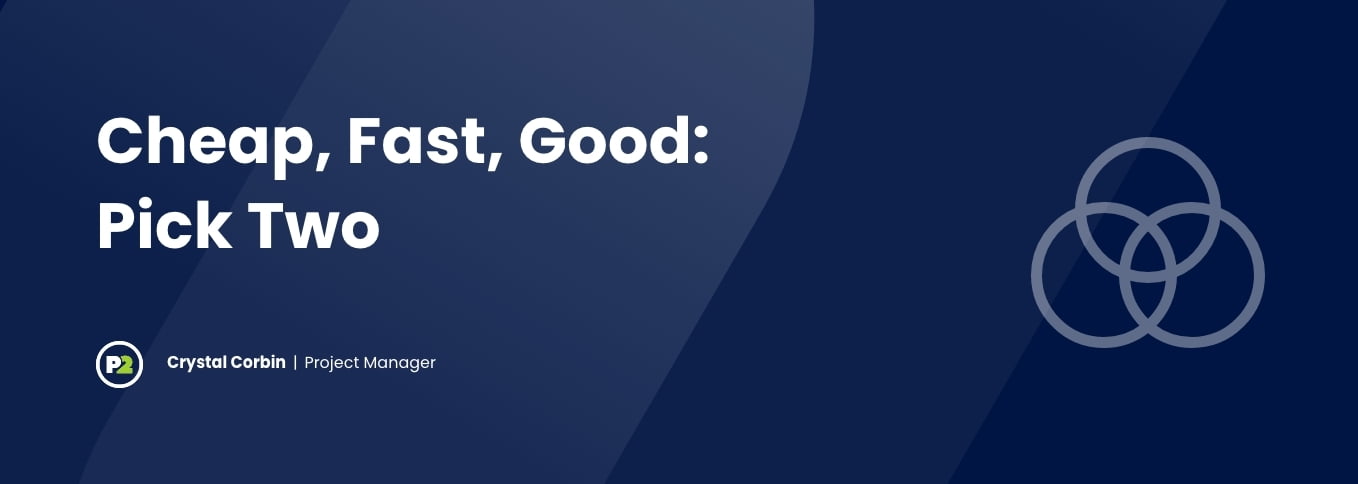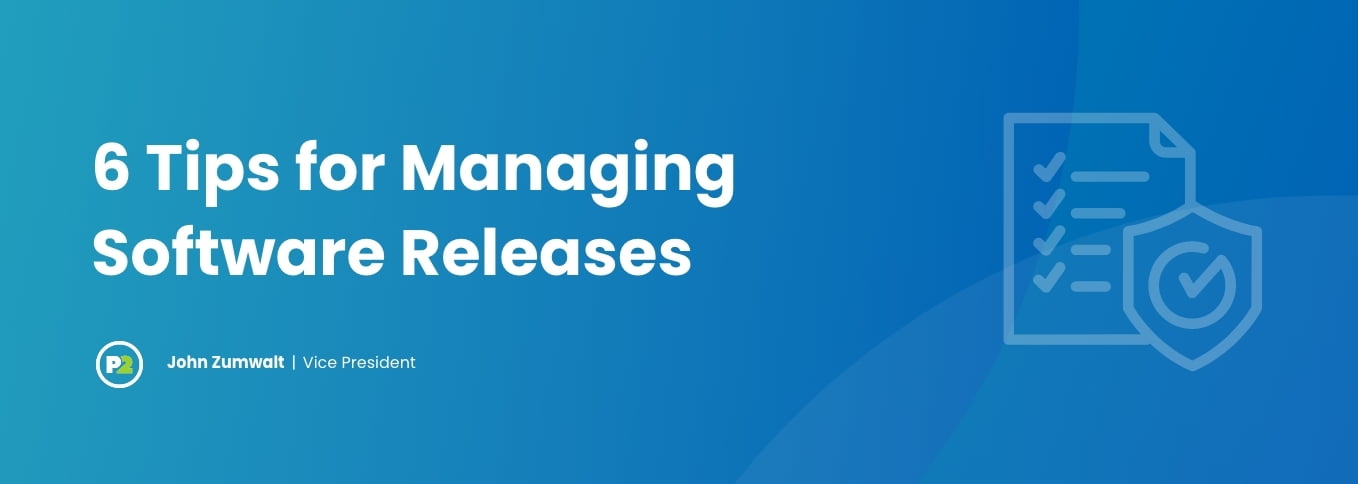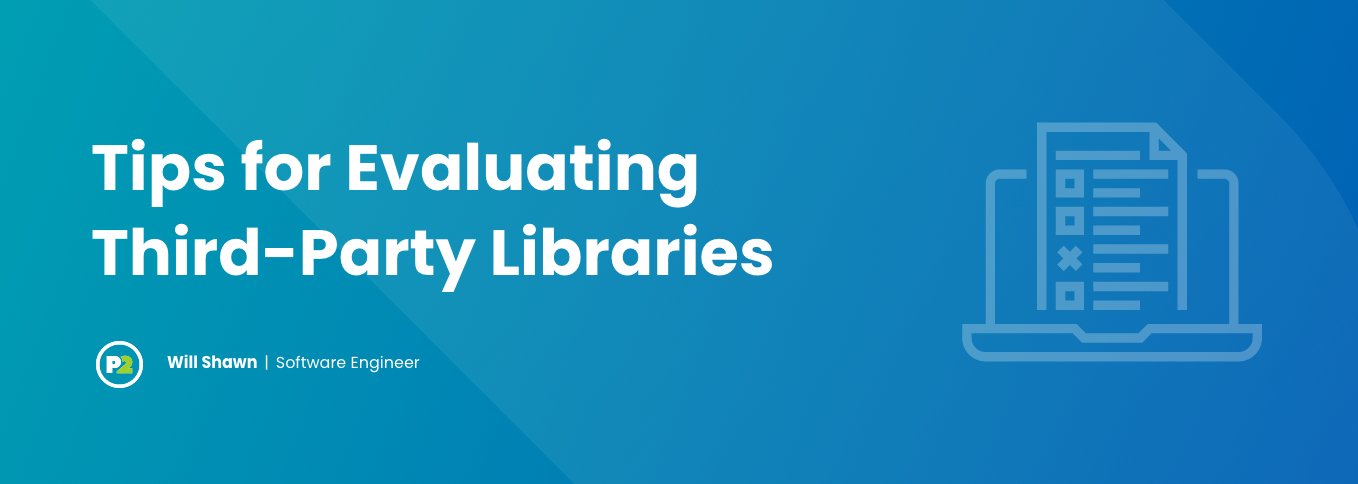Requirement Driven Development: or Building the Right Thing
Requirement Driven Development (RDD) focuses on the attributes of a product the dev team needs to keep top-of-mind as they work. Clients and key stakeholders propose the requirements and the contractor refines them, talking with the client back and forth throughout development. In order to do this successfully, features must be constantly tested and requirements vetted through formal testing and evaluation. The purpose of a formal Test and Evaluation (T&E) program is to accomplish two goals; verification of the build...
Read Post




